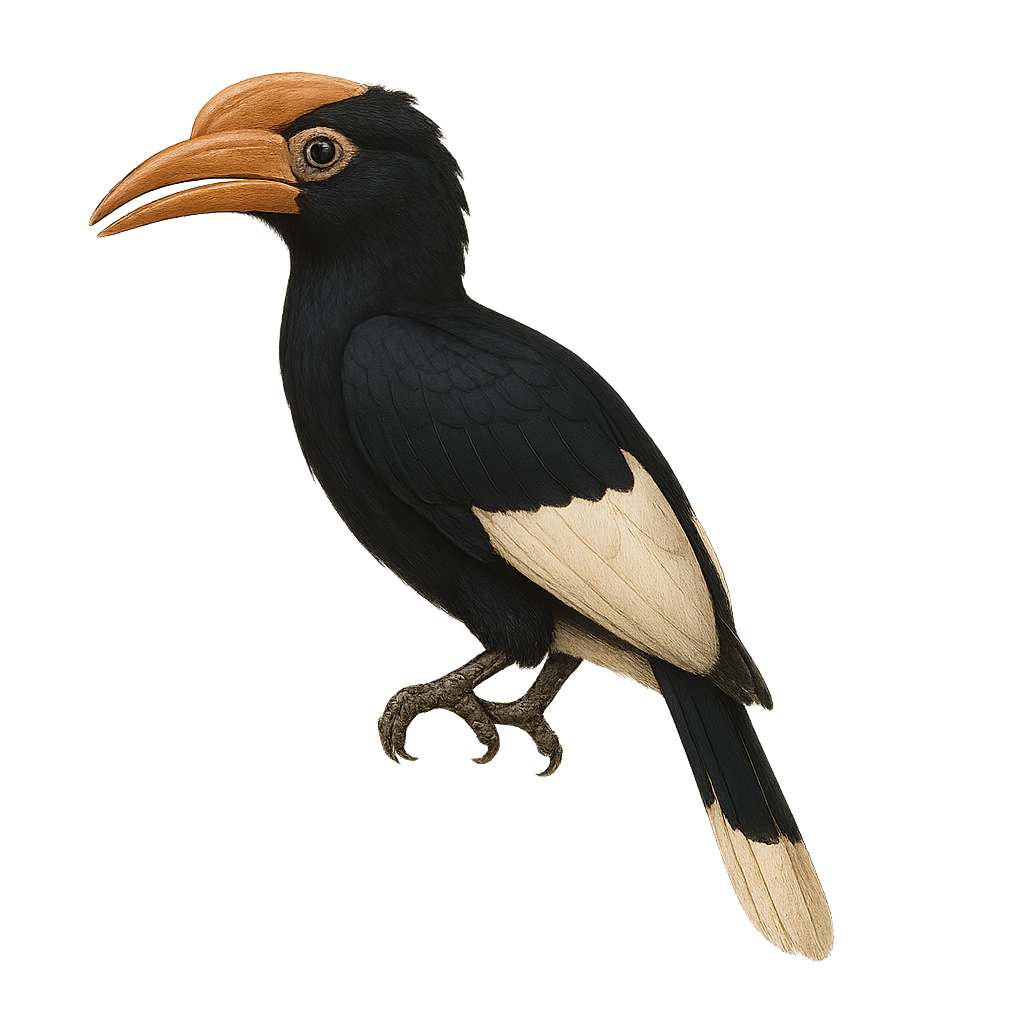Your wildlife photography guide.
Explore the brown-cheeked hornbill in detail, study its behavior, prepare your shots.
Where to observe and photograph the brown-cheeked hornbill in the wild
Learn where and when to spot the brown-cheeked hornbill in the wild, how to identify the species based on distinctive features, and what natural environments it inhabits. The WildlifePhotographer app offers tailored photography tips that reflect the brown-cheeked hornbill’s behavior, helping you capture better wildlife images. Explore the full species profile for key information including description, habitat, active periods, and approach techniques.
Brown-cheeked Hornbill
Scientific name: Bycanistes cylindricus

IUCN Status: Least Concern
Family: BUCEROTIDAE
Group: Birds
Sensitivity to human approach: Suspicious
Minimum approach distance: 10 m
Courtship display: February to April
Incubation: 38-40 jours
Hatchings: March to May
Habitat:
Tropical forests, secondary wooded areas
Activity period :
Primarily active during the day, with peak activity in the morning and late afternoon.
Identification and description:
The Brown-cheeked Hornbill, or Bycanistes cylindricus, is a large hornbill of the humid forests of West Africa, recognizable by its black-and-white plumage, brownish cheeks, and large ivory bill with a prominent casque. It inhabits lowland tropical forests, forest edges, and transitional zones, mainly in Guinea, Sierra Leone, Ivory Coast, and Ghana. Often seen in pairs or small groups, it flies noisily through the canopy. It feeds on fruits—especially figs—as well as insects and small animals. Classified as Near Threatened, the Brown-cheeked Hornbill is particularly vulnerable to increasing deforestation.
Recommended lens:
400mm – adjust based on distance, desired framing (portrait or habitat), and approach conditions.
Photography tips:
To photograph the Brown-cheeked Hornbill, it is advisable to use a 400mm lens or longer to capture detailed images from a distance. As these birds are suspicious, it's important to maintain a safety distance of at least 10 meters to avoid disturbing them. Look for them in tropical forests or secondary wooded areas, where they often feed in small groups. Be patient and wait for them to perch on an open branch for a good viewing angle. The natural light of the morning or afternoon often provides the best conditions for photography.
The WildlifePhotographer App is coming soon!
Be the first to explore the best nature spots, track rutting seasons, log your observations, and observe more wildlife.
Already 1 430 wildlife lovers subscribed worldwide

